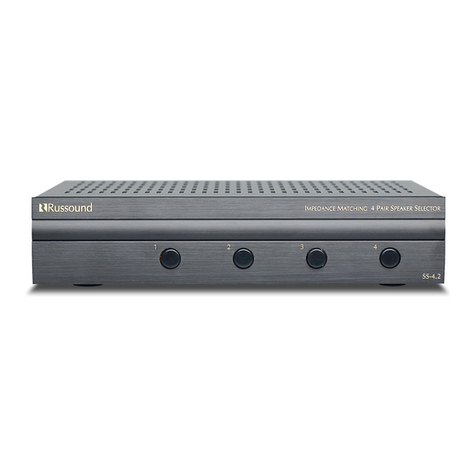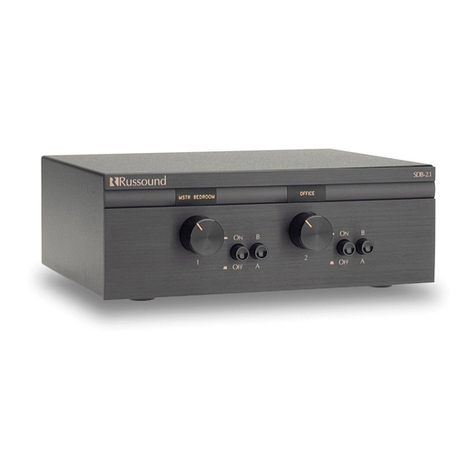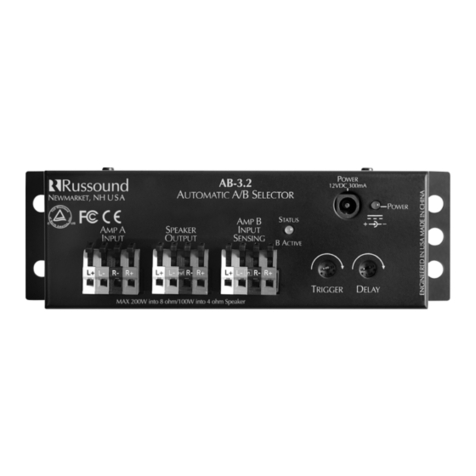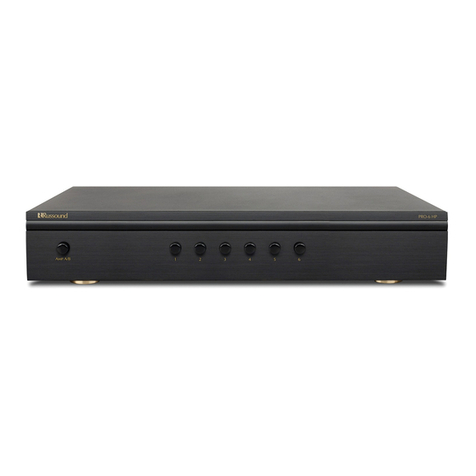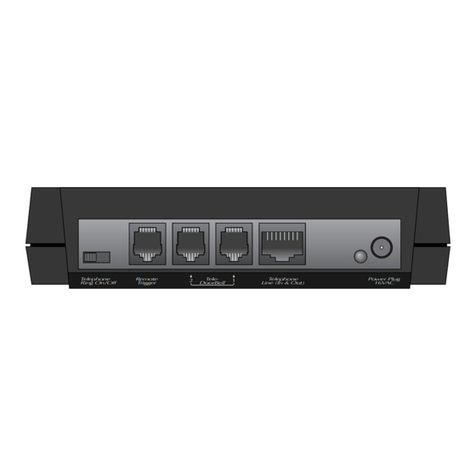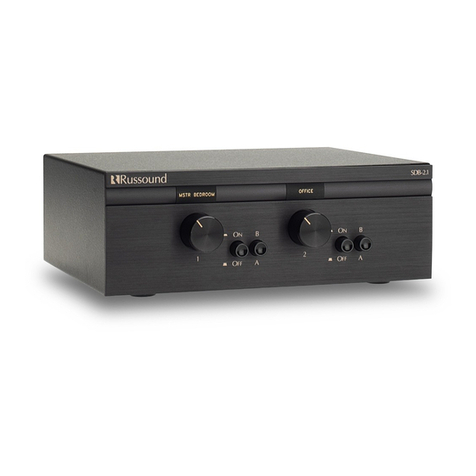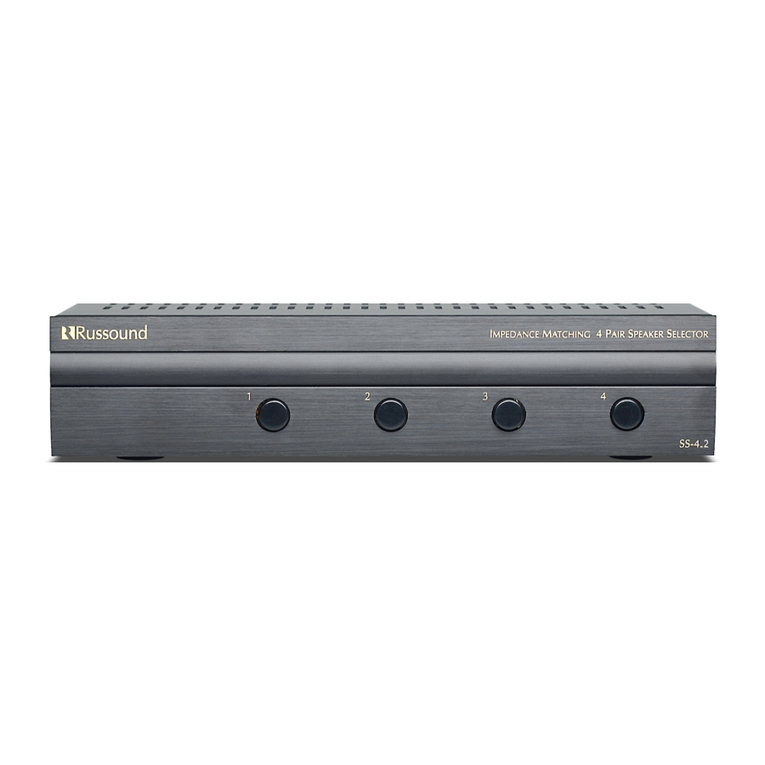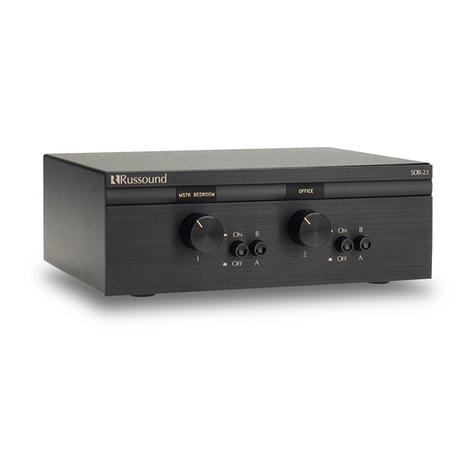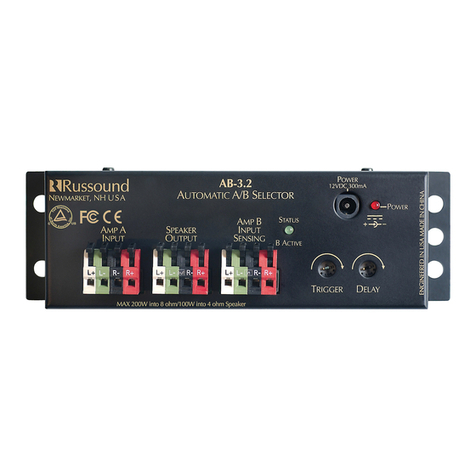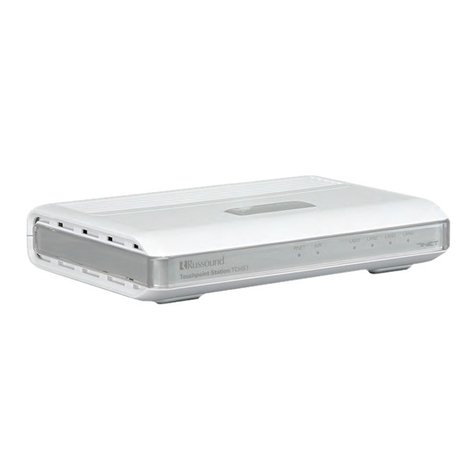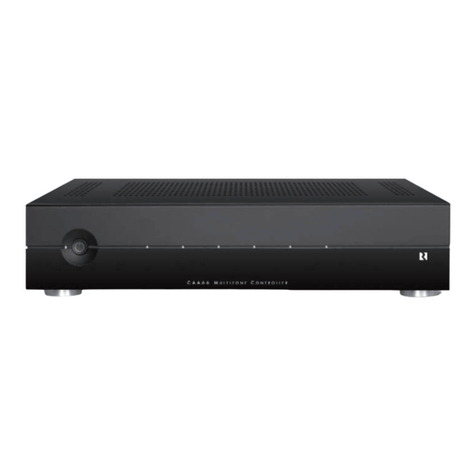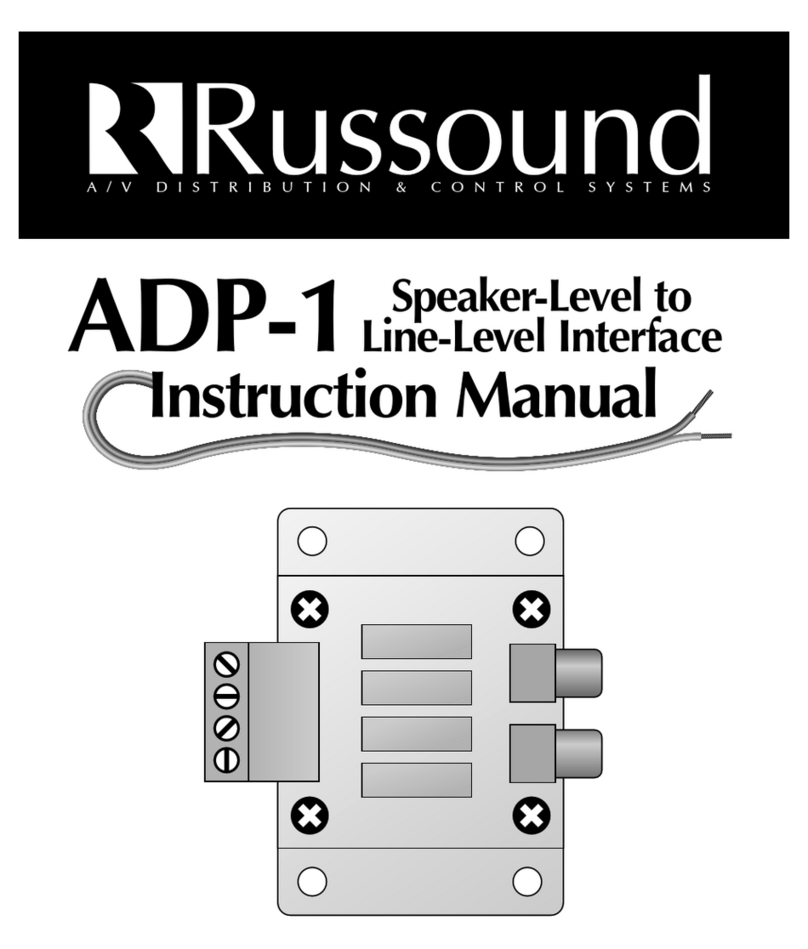
2
INTRODUCTION
The
TBL
-75
Volume
Control
is
afree-standing
stereo
speaker-level
volume
control
with
a
front
panel
headphone
jack
and
buitt-in
impedance-matching
options.
It
connects
between the
speaker
outputs of
an
amplifier or
receiver
and
a
pair
of
speakers.
The
TBL
-75
adjusts the
volume
of
the
speakers
connected to
it
by
adjusting
the
signal
from
the amplifierto the
speakers.
The TBL-75
is
ideal
for
private
listening
as
its
tabletop
design
is
suitable
for placement
on
adesk or bedside
stand.
When
headphones
are
connected through the
headphone
jack,
it
interrupts the
speaker
output,
and
the
volume
knob
then
controls the headphone
audio
levels.
When
using
the
TBL-75
in
installations
with
more
than
one
pair
of
speakers
or
with
additional
volume
controls,
the TBL
-75
has
a
rear
panel
impedance selector switch to
be
set
at
1
X,
2X,
4X
and
ax.
The
1X
setting
allows
the
volume
control
to
be
used
as
a
standard
control.
The
2X,
4X,
and
ax
settings
allow
it
to
be
used
as
an
UltraMatch™
impedance
matching
volume
control.
The
UltraMatch
™
volume
control
matches the
minimum output impedance ofthe amplifier or
receiver,
in
addition to adjusting
volume.
It
eliminates
the
need
for a
speaker
selector or
additional
impedance matching equip-
ment.
PROPER
SELECTOR
SWITCH
SETTING
FOR
IMPEDANCE
MATCHING
By determining the drive capability of the amplifier with a
few
simple calculations,
you
can
determine the number of speakers the
system
can
safely
operate.
The selector switch must be
set
in
aposition that correctly multiplies the impedance of
the system to a
level
that
is
equal
to or greater than the impedance of the
amplifier.
The
switch
setting
can
be determined
using
the following simple
steps:
1.
Determine
the
amplifier1s
minimum impedance.
The
amplifier's minimum impedance
is
usually
found following Wattage
and
Frequency
Response
in
the amplifier's speci-
fication
page
of the
manual.
It
may
also
be
listed
on
the back
panel
ofthe amplifier
near
the speaker
terminals.
The
impedance
value
is
expressed
in
ohms.
2.
Identify the correct impedance-matching chart according
to
the
amplifier's minimum
impedance.
There
are
two impedance matching
charts,
one
for aohm amplifiers
and
one for 4
ohm
amplifiers.
Choose the chart that describes your
amplifier.
If
your
amplifier
is
6
ohm
stable,
use
the aohm
chart.
3.
Determine the impedance for
each
pair of
speakers
by
referring
to its
manual.
4.
Determine
the total number of 4ohm
pairs
of
speakers.
(rows
on
charts)
If
using
6
ohm
speakers,
treat
them
as
4ohm
speakers
5.
Determine
the total number of 8ohm
pairs
of
speakers.
(columns
on
charts)
2
INTRODUCTION
The
TBL
-75
Volume
Control
is
afree-standing
stereo
speaker-level
volume
control
with
a
front
panel
headphone
jack
and
buitt-in
impedance-matching
options.
It
connects
between the
speaker
outputs of
an
amplifier or
receiver
and
a
pair
of
speakers.
The
TBL
-75
adjusts the
volume
of
the
speakers
connected to
it
by
adjusting
the
signal
from
the amplifierto the
speakers.
The TBL-75
is
ideal
for
private
listening
as
its
tabletop
design
is
suitable
for placement
on
adesk or bedside
stand.
When
headphones
are
connected through the
headphone
jack,
it
interrupts the
speaker
output,
and
the
volume
knob
then
controls the headphone
audio
levels.
When
using
the
TBL-75
in
installations
with
more
than
one
pair
of
speakers
or
with
additional
volume
controls,
the TBL
-75
has
a
rear
panel
impedance selector switch to
be
set
at
1
X,
2X,
4X
and
ax.
The
1X
setting
allows
the
volume
control
to
be
used
as
a
standard
control.
The
2X,
4X,
and
ax
settings
allow
it
to
be
used
as
an
UltraMatch™
impedance
matching
volume
control.
The
UltraMatch
™
volume
control
matches the
minimum output impedance ofthe amplifier or
receiver,
in
addition to adjusting
volume.
It
eliminates
the
need
for a
speaker
selector or
additional
impedance matching equip-
ment.
PROPER
SELECTOR
SWITCH
SETTING
FOR
IMPEDANCE
MATCHING
By determining the drive capability of the amplifier with a
few
simple calculations,
you
can
determine the number of speakers the
system
can
safely
operate.
The selector switch must be
set
in
aposition that correctly multiplies the impedance of
the system to a
level
that
is
equal
to or greater than the impedance of the
amplifier.
The
switch
setting
can
be determined
using
the following simple
steps:
1.
Determine
the
amplifier1s
minimum impedance.
The
amplifier's minimum impedance
is
usually
found following Wattage
and
Frequency
Response
in
the amplifier's speci-
fication
page
of the
manual.
It
may
also
be
listed
on
the back
panel
ofthe amplifier
near
the speaker
terminals.
The
impedance
value
is
expressed
in
ohms.
2.
Identify the correct impedance-matching chart according
to
the
amplifier's minimum
impedance.
There
are
two impedance matching
charts,
one
for aohm amplifiers
and
one for 4
ohm
amplifiers.
Choose the chart that describes your
amplifier.
If
your
amplifier
is
6
ohm
stable,
use
the aohm
chart.
3.
Determine the impedance for
each
pair of
speakers
by
referring
to its
manual.
4.
Determine
the total number of 4ohm
pairs
of
speakers.
(rows
on
charts)
If
using
6
ohm
speakers,
treat
them
as
4ohm
speakers
5.
Determine
the total number of 8ohm
pairs
of
speakers.
(columns
on
charts)

